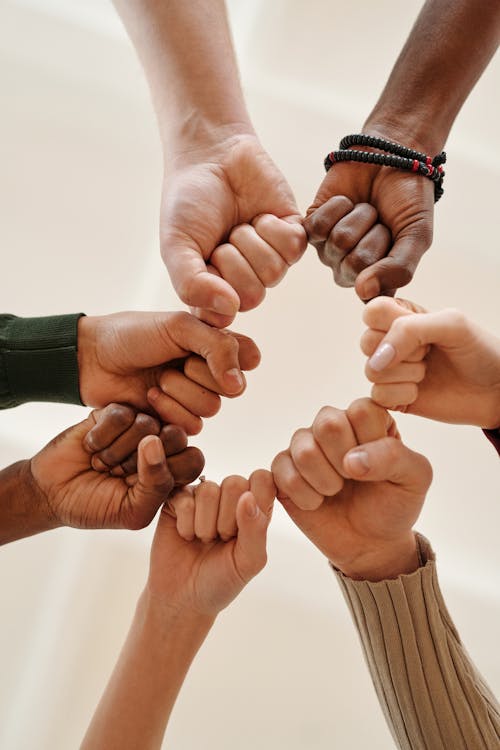Mononucleosis, commonly referred to as "mono," often raises questions about whether it is classified as a sexually transmitted disease (STD) or a sexually transmitted infection (STI). In this article, we’ll delve into the nature of mono, its symptoms, treatments, how it spreads, and whether you can contract it more than once.

What is Mono?
Mono is a viral infection primarily caused by the Epstein-Barr virus (EBV), although other viruses can sometimes lead to similar symptoms. Commonly known as the "kissing disease," mono spreads through saliva and is characterized by fatigue, fever, sore throat, and swollen lymph nodes. Despite its nickname, it can be contracted through non-sexual close contact, making it a widespread condition, particularly among teenagers and young adults.
Is Mono an STD or STI?
While mono is sometimes linked to intimate behaviors like kissing, it is not classified as an STD or STI. STDs, such as gonorrhea, chlamydia, and HIV, are exclusively transmitted through sexual contact and can have significant health implications if untreated. In contrast, mono is transmitted through saliva and close personal interactions, such as sharing drinks or utensils.
Mono is most common among young people, and it’s estimated that up to 50% of young adults in the U.S. have been exposed to the Epstein-Barr virus.
Is Mono Contagious?
Yes, mono is highly contagious. The virus is primarily spread through saliva but can also be transmitted via respiratory secretions like mucus. Sharing personal items such as cups, utensils, or toothbrushes with an infected individual can also lead to transmission.
The incubation period for mono is typically 4 to 6 weeks, meaning symptoms may take weeks to appear after initial exposure. People are most contagious during the early stages of the illness but can remain contagious for several weeks after symptoms resolve.
To prevent spreading mono:
Avoid sharing food, drinks, or personal items.
Wash hands frequently.
Limit close contact with others, especially during the acute phase of the illness.
How Is Mono Treated?
There is no specific antiviral treatment for mono, as the infection usually resolves on its own. However, symptom management can significantly improve comfort during recovery. Here’s how:
Rest: Fatigue is a hallmark of mono, and adequate rest is crucial for recovery.
Pain Relief: Over-the-counter medications like ibuprofen or acetaminophen can help reduce fever and alleviate body aches.
Sore Throat Remedies: Gargling with warm salt water, drinking fluids, and using throat lozenges can ease discomfort.
Avoiding Strenuous Activity: To prevent complications, such as a ruptured spleen, individuals should refrain from contact sports or heavy exercise until fully recovered.
In severe cases, medical intervention such as intravenous fluids or hospitalization may be necessary. Always consult a healthcare provider if symptoms worsen or persist.
Can You Get Mono More Than Once?
Reinfection with mono is rare but not impossible. Most individuals develop immunity to the Epstein-Barr virus after their initial infection. However, reactivation of the virus can occur under certain conditions, such as severe stress or a weakened immune system. Additionally, other viruses can cause mono-like symptoms, which might be mistaken for a second case of mono.
Mono is a viral infection caused by the Epstein-Barr virus and is not an STD or STI. While its symptoms can be uncomfortable and its contagious nature concerning, most people recover fully within a few weeks. Understanding the differences between mono and STDs is essential for proper diagnosis and treatment.
If you suspect you have mono, it’s important to consult a healthcare provider for confirmation and advice on managing symptoms. By taking appropriate precautions, you can protect yourself and others from infection.

